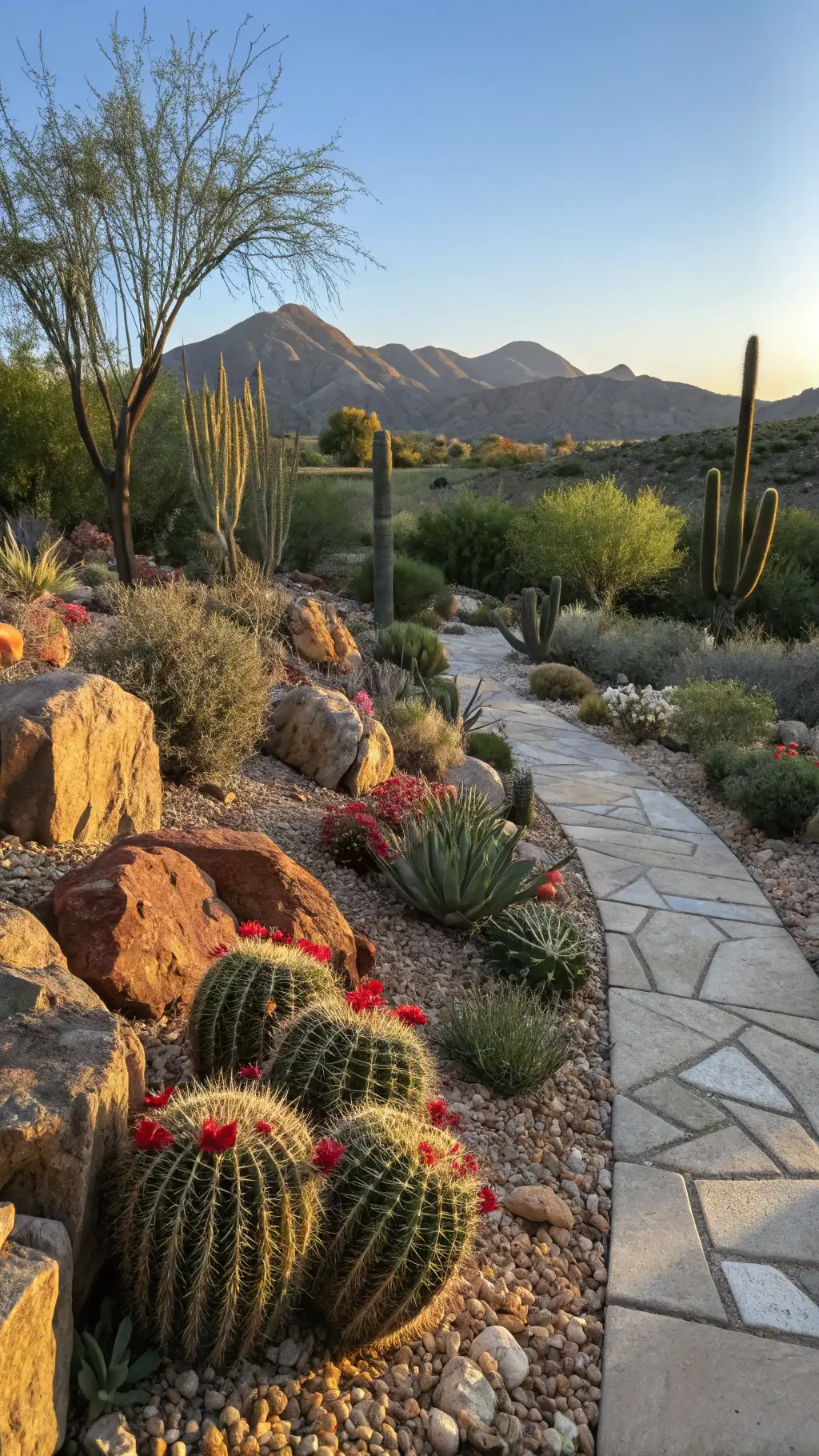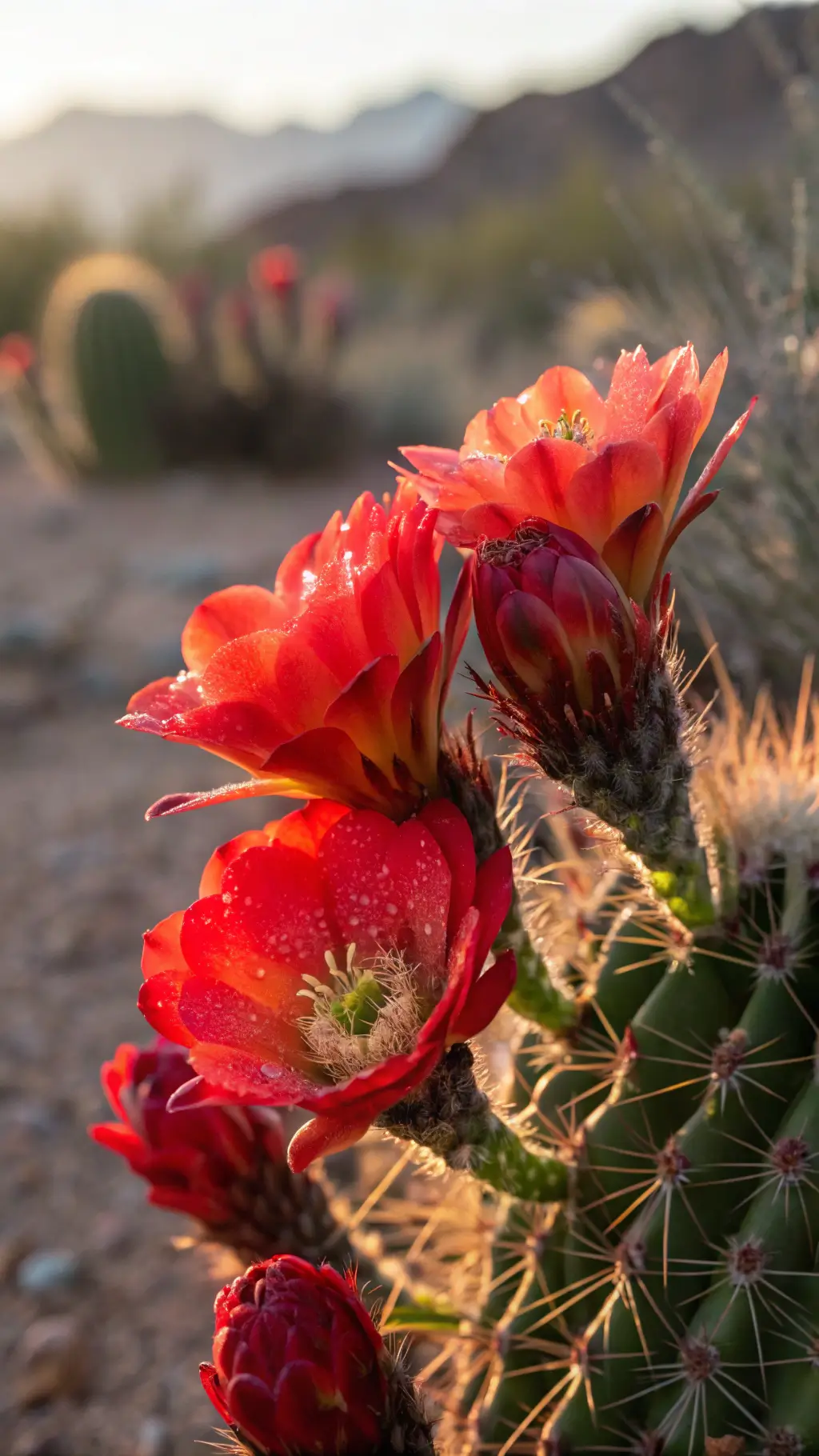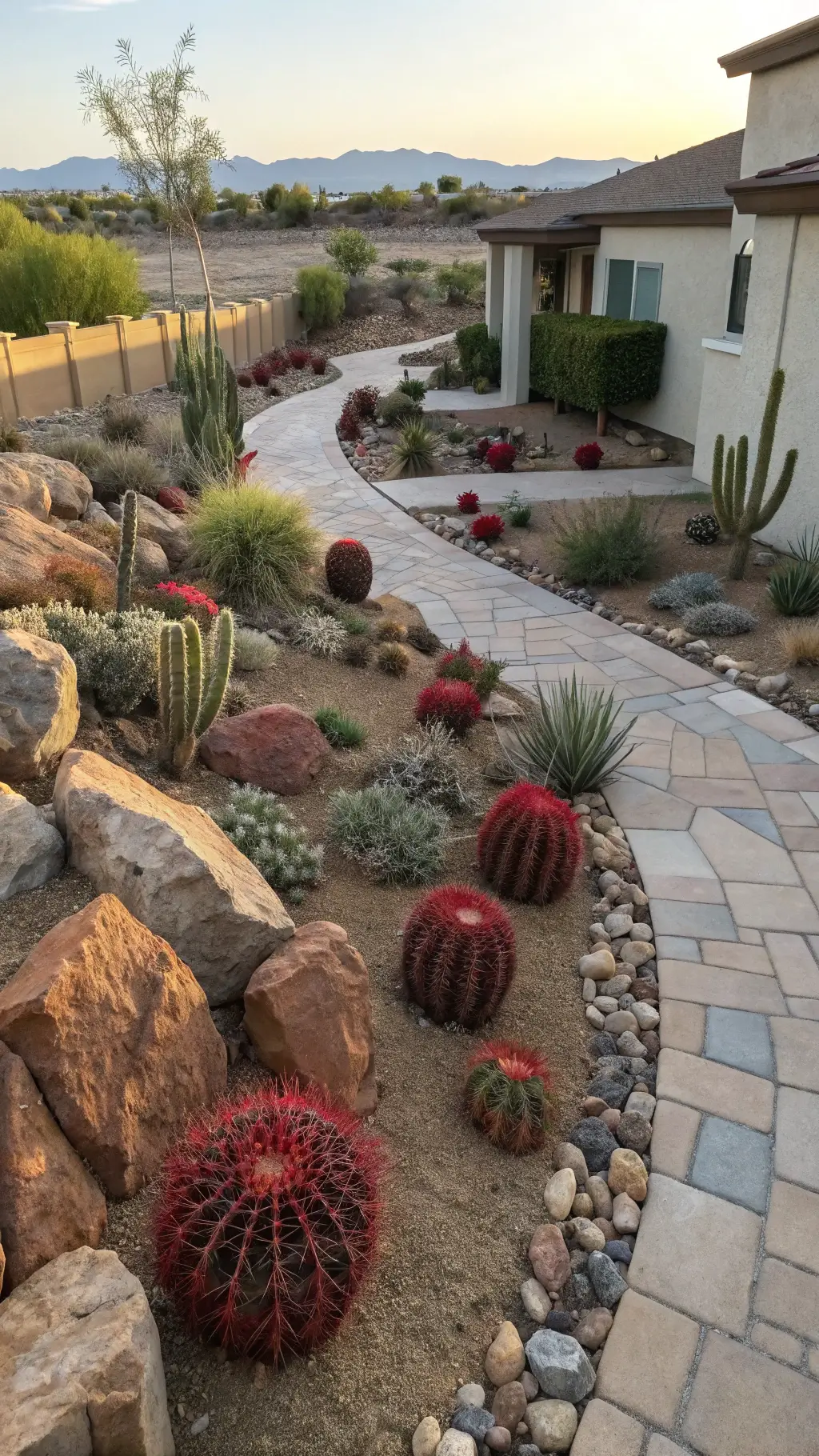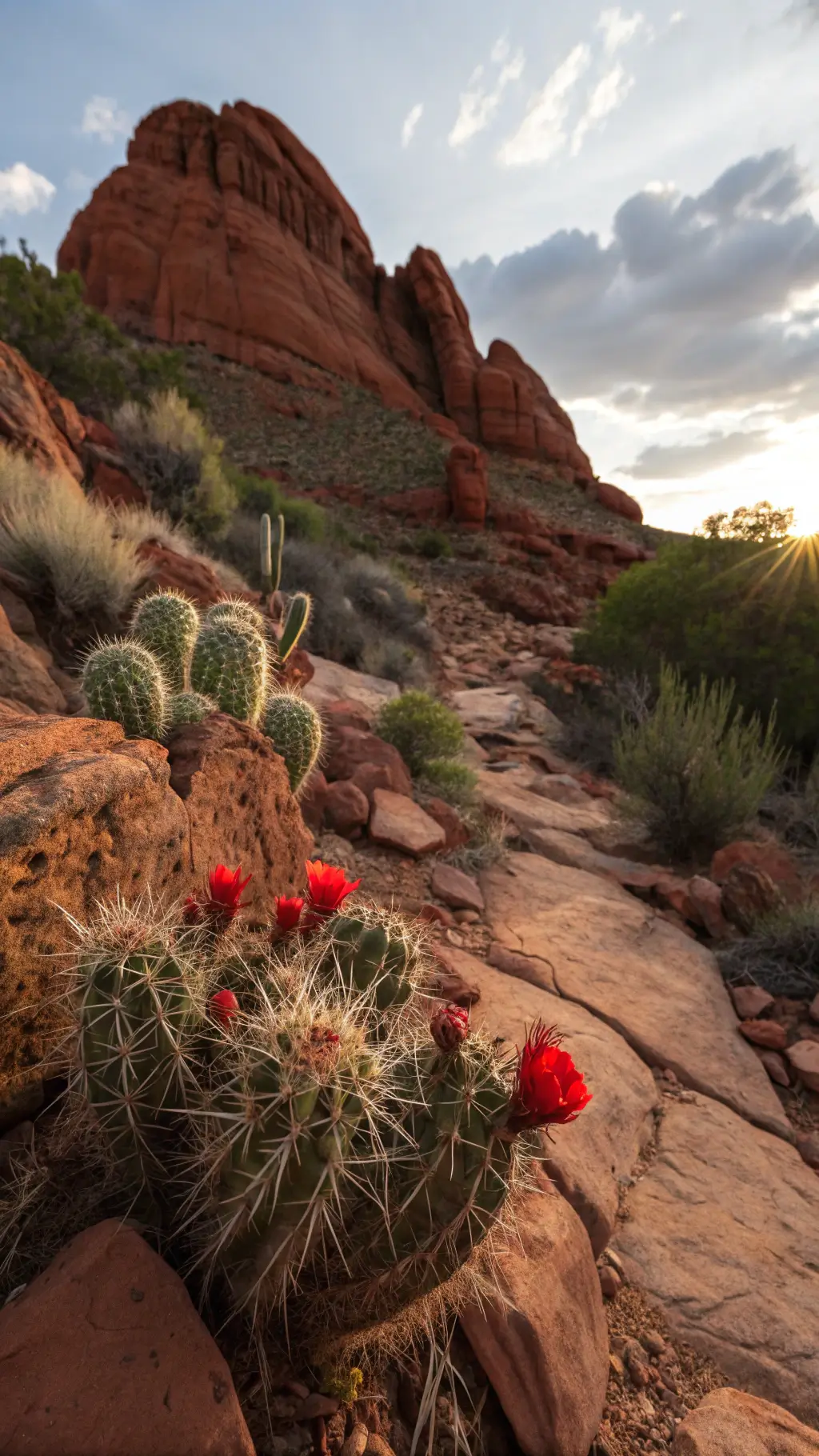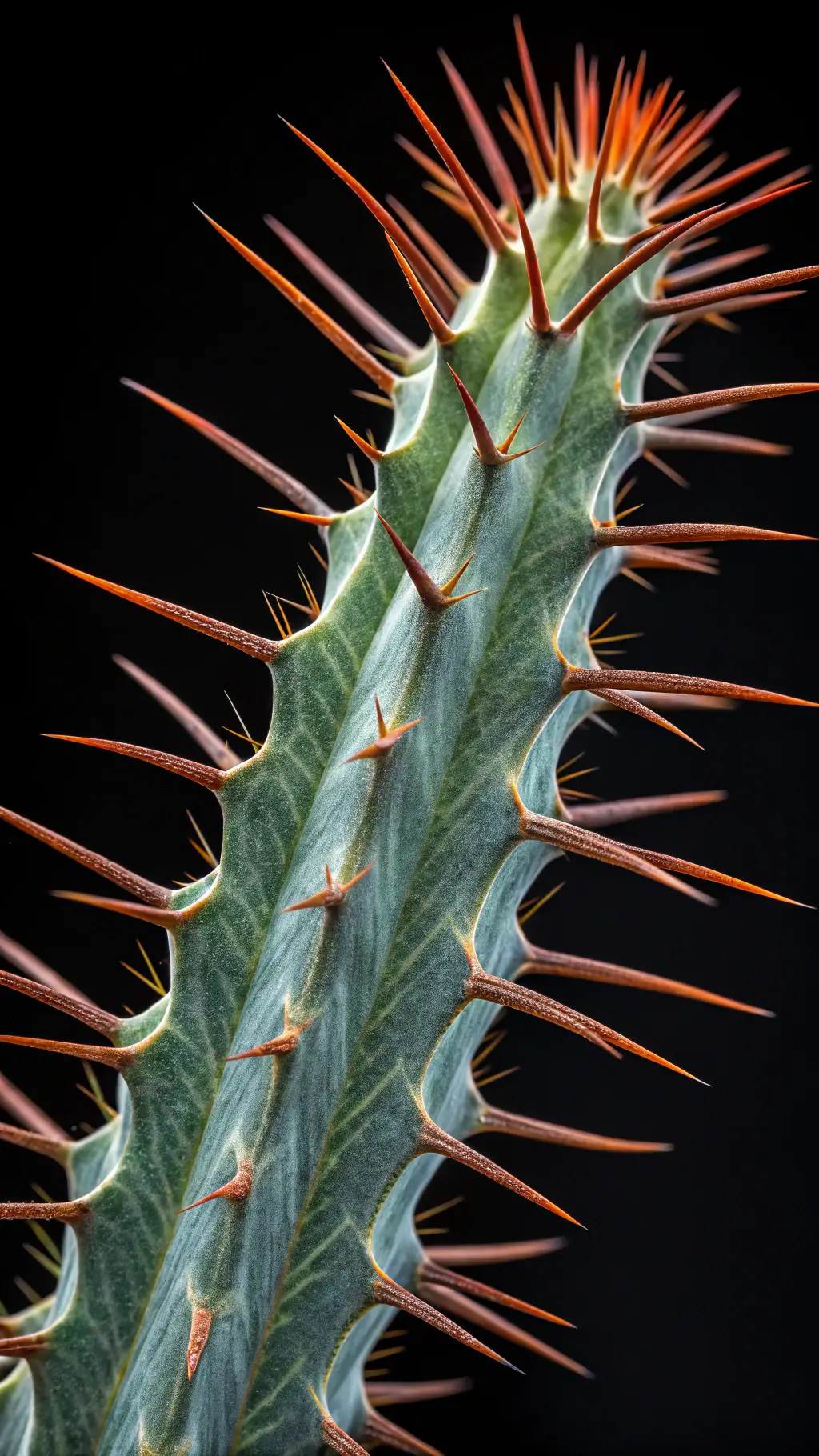Claret Cup Cactus: The Crown Jewel of Desert Gardens (A Complete Growing Guide)
Hey there, fellow plant enthusiasts! I’ve been growing desert plants for over a decade, and let me tell you – the Claret Cup Cactus is something special.
Why You’ll Love This Desert Beauty
Ever wondered how to add a pop of dramatic color to your xeriscape without the hassle? The Claret Cup Cactus (Echinocereus triglochidiatus) is your answer.
What Makes It Special?
Picture this: A low-growing mound of bluish-green stems, crowned with the most spectacular scarlet-red flowers you’ve ever seen. That’s what you get with this desert stunner.
Key Features:
- Grows in attractive clumps (perfect for that natural desert look!)
- Stems reach 5-40 cm long
- Shows off 5-12 distinctive ribs
- Produces show-stopping 8-9 cm wide flowers
- Blooms from April to June
Growing Your Own Claret Cup: The Simple Guide
Sun Requirements
Trust me on this – these babies LOVE their sunshine. Give them:
- Full, direct sun exposure
- At least 6 hours of sunlight daily
- Southern or western exposure is ideal
Water Needs (Less is More!)
Here’s what I’ve learned about watering:
- Once established, they barely need any water
- Water deeply but infrequently
- Allow soil to dry completely between waterings
Soil Requirements
The secret sauce is in the soil:
- Well-draining is crucial
- Sandy or gravelly mix works best
- Add extra perlite for better drainage
Climate Tolerance
These tough cookies are surprisingly adaptable:
- Thrives in USDA zones 5-10
- Handles extreme temperature swings
- Laughs in the face of drought
Cool Facts You Didn’t Know
Did you know this beauty is Colorado’s state cactus? Here’s more:
- Hummingbirds absolutely adore the flowers
- Produces edible fruits (bonus!)
- Deer won’t touch it (hallelujah!)
- Perfect for rock gardens and xeriscapes
Pro Tips From My Garden
After years of growing these beauties, here’s what works:
- Plant in groups of 3-5 for maximum impact
- Use gravel mulch to retain moisture and prevent weeds
- Position near pathways where you can enjoy the spring blooms
- Add larger rocks around the base for a natural desert look
Final Thoughts
The Claret Cup Cactus is more than just a pretty face – it’s a low-maintenance superstar that brings desert drama to any garden. Whether you’re a seasoned desert gardener or just starting out, this cactus deserves a spot in your outdoor space.
Remember: Patience is key with these desert jewels. Give them the basics – sun, good drainage, and minimal water – and they’ll reward you with a spectacular spring show that’ll make your neighbors green with envy!

